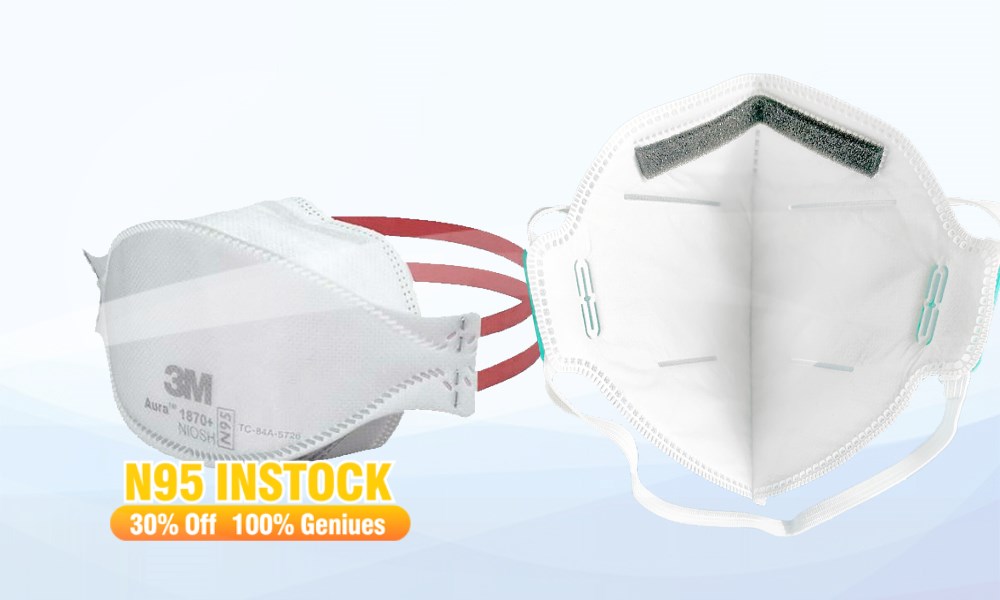Abstract Twenty subjects underwent a quantitative fit test on respirators using two styles (flat-fold, cup-shaped) N95-filtered facepiece respirators (N95 FFRs). Enrollment into the present study required passing the Respirator Quantitative Fit Test (OSHA, 1998) with two styles (cup-shaped, flat-fold) of each of N95 FFRs and N95 FFR/EVs (see Table 1 for characteristics of the FFRs). For model tests, the flat-fold N95 FFRs, which had lower sealing pressure, were able to pass fit tests more often than did cup-shaped, mold-shaped N95 FFRs, which had a similar FSA.
The ability of flat-fold N95 FFR with lower seal pressures to achieve similar fit factors to molded cup-shaped N95 FFRs at higher seal pressures offers the potential to increase face comfort without loss of protection.
N95 (and FFP-2-equivalent) respirators, also called Filtered Facepiece Respirators, offer the best protection from particles down to 0.3 microns, including the SARS-CoV-2. The most effective respiration protection for adults is wearing an industrially certified, properly fitted mask like the N95 (also called the P2, FFP2, or DS2 masks in various parts of the world). The best disposable masks, of course, are N95 masks – the pandemic-grade, gold-standard facemask approved by the National Institute for Occupational Safety and Health (NIOSH), that sift 95 percent of airborne particles. When worn correctly (with an N95 mask that forms a tight seal around the users face), this protects from dangerous airborne particles.

N95 masks are not protective against gases, vapors, or cannot be used on asbestos, nor can they deliver oxygen.
This may make KF94s seem less effective than the KN95s or N95 masks, which are claimed to offer 95% filtration efficiency, but the truth is much more complex. Hard-cupped masks, which are also called nuisance dust, fashionable, and skimpies, are less effective at filtering out the dust than the industrially certified, surgical-grade masks, and they might not fit as well around your face. Standard, pleated surgical masks will do well in filtering ash, provided that standard fits well to the face.
Tests investigating surgical-style masks found total particle penetration to be 8-12 times higher than that of N95 respirators, and attribute the particle penetration largely to facepiece seal failure rather than to the filtering media . The CDCs study builds upon the CDCs Mask Guidance released earlier this year detailing the varying levels of protection offered by the various types of masks–N95 respirators are high on that list.
In its consumer-facing guidance for masks, CDC notes that N95s and other NIOSH-approved respirators are the most protective options.
Twenty healthy subjects worked out for 1-2 hours with low-moderate work-rates wearing four models of the N95 FFRs (two with exhalation valves) as their core and skin temperatures were monitored wirelessly.




